Perfect Rise/Tread
jenniferusey
13 years ago
Related Stories
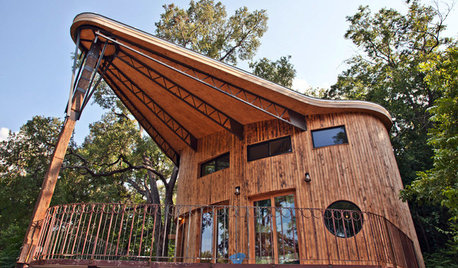
HOUZZ TOURSMy Houzz: A Reclaimed Wood House Rises From the Trees
Scorched siding, thoughtfully repurposed furnishings and a connection to both family and nature shine in this designer's new build
Full Story
HOME OFFICESStand-Up Desks Rise to Health Challenges
Sitting all day may be wrecking your health. Are you going to stand for that?
Full Story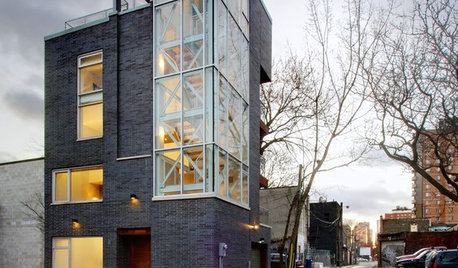
HOUZZ TOURSMy Houzz: A Tower Home Rises in Downtown Toronto
Aiming high, a Canadian couple builds a 5-floor residence on a compact, neglected urban plot
Full Story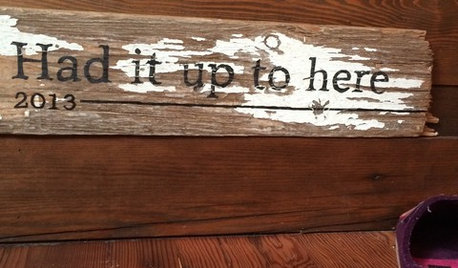
DISASTER PREP & RECOVERYFamily’s New Style Rises in the Aftermath of a Flood
After their damaged walls are demolished, homeowners realize they like the open space and decide to keep it
Full Story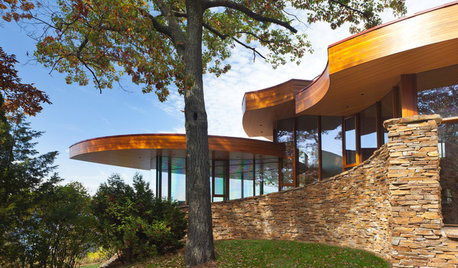
CONTEMPORARY HOMESHouzz Tour: Stunning Curved Architecture Rises Among the Trees
You can see the love of nature and organic shapes at first glance. Look more closely at this Wisconsin home and you’ll also see amazing flow
Full Story
THE ART OF ARCHITECTUREWorld of Design: Trees Bring Nature to a High-Rise in Milan
Discover ‘the most beautiful and innovative skyscraper in the world’ — the foliage-filled Bosco Verticale — and tour one of its apartments
Full Story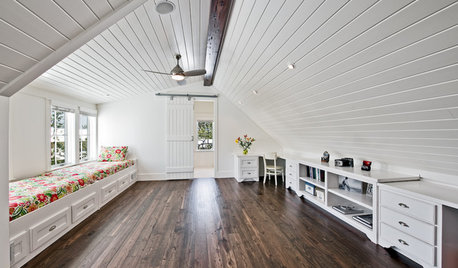
DECORATING GUIDESAttic Bedrooms Rise and Shine
Converting an attic to a bedroom adds instant allure, romance and design cache. Oh, and lots of extra space
Full Story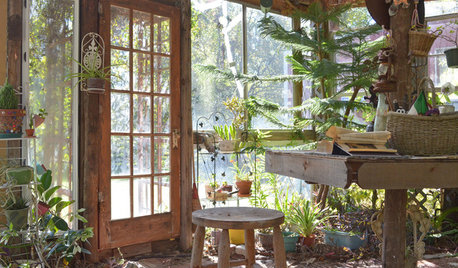
GREENHOUSESA Greenhouse Rises From Texas Tornado Wreckage
Barn damage became a blessing in disguise for a thrifty, creative couple with a hankering for more greenery
Full Story
STANDARD MEASUREMENTSThe Right Dimensions for Your Porch
Depth, width, proportion and detailing all contribute to the comfort and functionality of this transitional space
Full Story





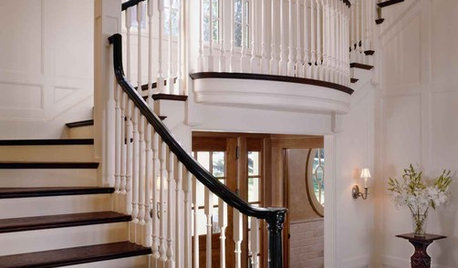



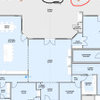
www.thedeckbarn
aidan_m
Related Professionals
Ashland Decks, Patios & Outdoor Enclosures · Lansdale Decks, Patios & Outdoor Enclosures · Miami Decks, Patios & Outdoor Enclosures · Portage Decks, Patios & Outdoor Enclosures · Castaic Home Builders · Converse Home Builders · New River Home Builders · Roseburg Home Builders · Brooklyn Park Flooring Contractors · Fort Lauderdale Flooring Contractors · Lansdale Flooring Contractors · North Tustin Flooring Contractors · Norwalk Flooring Contractors · Agoura Siding & Exteriors · Woodbridge Siding & Exteriorsfnmroberts
dooer
deckman22
aidan_m
dooer